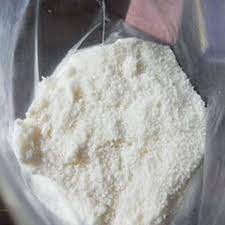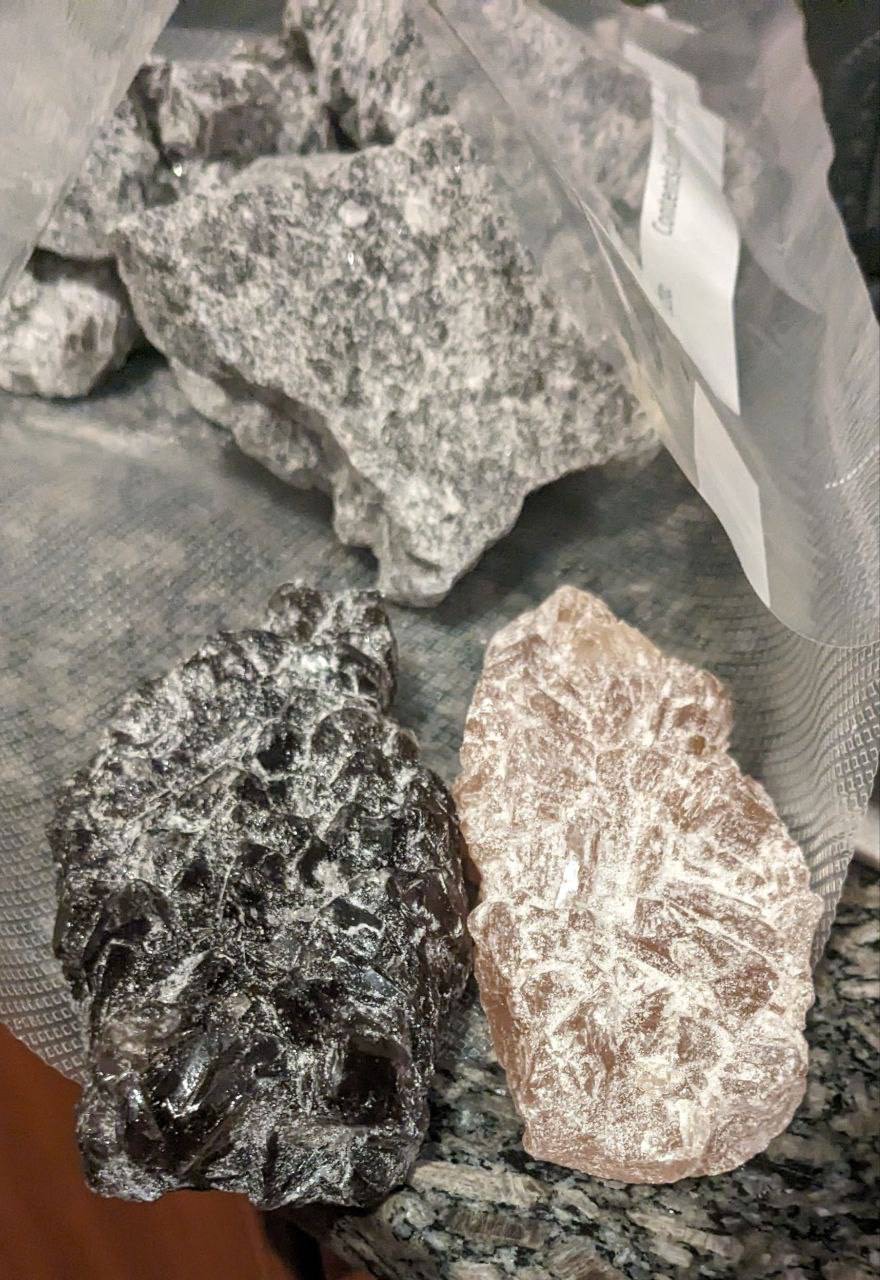Effects of MDMA on Neurotransmitters
Purple MDMA, also known as ecstasy or molly, is a popular recreational drug that has gained attention for its potential therapeutic benefits. But what exactly does MDMA do to our brains? In this article, we’ll explore the effects of MDMA on neurotransmitters and how it affects our brain chemistry.
What is MDMA?
MDMA, or 3,4-methylenedioxymethamphetamine, is a synthetic drug that alters mood and perception. It is classified as a stimulant and a hallucinogen, and is often used in social settings for its euphoric and empathogenic effects.
MDMA was first synthesized in 1912 by a German pharmaceutical company, but it wasn’t until the 1970s that it gained popularity as a recreational drug. In the 1980s, MDMA was used in psychotherapy sessions, leading to its reputation as a “therapy drug”. However, it was later classified as a Schedule I drug in the United States, meaning it has a high potential for abuse and no accepted medical use.
How Does MDMA Work?
MDMA primarily affects the neurotransmitters serotonin, dopamine, and norepinephrine in the brain. These neurotransmitters are responsible for regulating mood, emotions, and pleasure.
Serotonin

Serotonin is a neurotransmitter that is involved in regulating mood, sleep, appetite, and other bodily functions. MDMA causes a surge of serotonin in the brain, leading to feelings of happiness, empathy, and emotional closeness with others.
Dopamine

Dopamine is a neurotransmitter that is associated with pleasure and reward. MDMA increases the release of dopamine, leading to feelings of euphoria and pleasure.
Norepinephrine

Norepinephrine is a neurotransmitter that is involved in the body’s fight or flight response. MDMA increases the release of norepinephrine, leading to increased heart rate, blood pressure, and alertness.
Effects of MDMA on Neurotransmitters
MDMA’s effects on neurotransmitters can lead to a range of physical and psychological effects. Some of the most common effects include:
Euphoria and Empathy

MDMA is known for its ability to induce feelings of euphoria and empathy. This is due to the increased release of serotonin and dopamine, which can lead to a heightened sense of pleasure and emotional connection with others.
Increased Energy and Alertness
MDMA is a stimulant, meaning it can increase energy levels and alertness. This is due to the increased release of norepinephrine, which can lead to increased heart rate and blood pressure.
Distorted Perception
MDMA is also a hallucinogen, meaning it can cause changes in perception. This can include altered visual and auditory experiences, as well as changes in time perception.
Increased Sensory Perception

MDMA can also enhance sensory perception, leading to heightened sensations of touch, taste, and smell. This can contribute to the drug’s reputation as a “party drug” and its use in social settings.
Emotional Instability
While MDMA can initially induce feelings of happiness and empathy, it can also lead to emotional instability. This is due to the depletion of serotonin in the brain, which can cause a “crash” after the drug wears off.
Microdosing MDMA
Microdosing is the practice of taking small, sub-perceptual doses of a drug. While microdosing is commonly associated with psychedelics like LSD and psilocybin, it is also gaining popularity with MDMA.
Microdosing MDMA involves taking a fraction of a typical recreational dose, usually around 10-20mg. This is believed to provide the benefits of MDMA without the intense effects and potential for harm.
Some people claim that microdosing MDMA can enhance creativity, focus, and emotional well-being. However, there is limited research on the effects of microdosing MDMA, and it is not recommended to try without proper medical supervision.
How Long Does MDMA Last?
The effects of MDMA can last anywhere from 3-8 hours, depending on the dose and individual factors. However, the drug can stay in the body for up to 3 days, and its effects can linger for several days after use.
MDMA Testing Kits

Due to the illegal nature of MDMA, it is important to test any substance before consuming it. MDMA testing kits are available for purchase online and can help identify the presence of MDMA in a substance.
These kits use a chemical reaction to detect the presence of MDMA, and can also identify other substances that may be present in the drug. It is important to note that these kits do not guarantee the purity or safety of the substance, but can provide some peace of mind before consuming it.
MDMA Dosage
The recommended recreational dose of MDMA is around 75-125mg. However, the effects of MDMA can vary greatly depending on individual factors such as weight, metabolism, and tolerance.
It is important to start with a low dose and wait at least 2-3 hours before taking more, as the effects of MDMA can take some time to fully kick in. It is also recommended to wait at least 3 months between uses to avoid potential negative effects on brain chemistry.
Purple MDMA
Purple MDMA, also known as “purple molly” or “purple ecstasy”, is a form of MDMA that has been mixed with other substances, such as ketamine or methamphetamine. It is often sold in pill form and can have a purple hue, hence the name. Buy Purple MDMA USA
Purple MDMA is considered more dangerous than pure MDMA, as the added substances can increase the risk of negative side effects and overdose. It is important to test any substance before consuming it and to only purchase from a trusted source.
MDMA Therapy

MDMA therapy, also known as “MDMA-assisted psychotherapy”, is a form of therapy that uses MDMA to enhance the therapeutic process. It is currently being studied as a potential treatment for post-traumatic stress disorder (PTSD) and other mental health conditions.
MDMA therapy involves taking a controlled dose of MDMA in a therapeutic setting, with the guidance of a trained therapist. The drug is believed to help patients open up and process traumatic experiences, leading to long-term healing.
The Effects of MDMA on Neurotransmitters: Conclusion
MDMA’s effects on neurotransmitters can lead to a range of physical and psychological effects, including euphoria, empathy, and increased energy. While the drug can have potential therapeutic benefits, it is important to use it responsibly and to always test substances before consuming them. With proper precautions, MDMA can be used safely and potentially enhance the therapeutic process.














Reviews
There are no reviews yet.